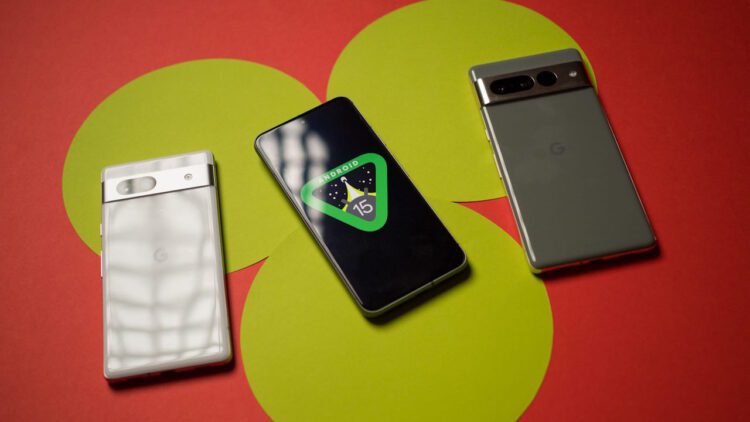The veil is slowly being lifted…
Android enthusiasts eagerly anticipate the arrival of Android 15, although its release date remains shrouded in mystery. While tradition suggests a late summer debut, recent years have seen deviations from this pattern, with Android 12 and Android 14 launching as late as October, coinciding closely with the release of that year’s Pixel phones.
Currently, we’ve witnessed two developer previews and the initial public beta of Android 15. Enthusiasts have been meticulously dissecting this early code, uncovering hints of new features, enhancements to existing ones, and Google’s meticulous fine-tuning efforts.
Among the glimpses into Android 15’s potential offerings are features aimed at improving user experience. These include the ability to regulate notification influx with a “cooldown” feature, expedited loading times for in-app web pages, and the reintroduction of lock-screen widgets on Pixel Tablets. Additionally, there are improvements to visual accessibility and a mandate for apps to optimize screen usage, extending content edge-to-edge.
Despite these revelations, the full scope of Android 15’s capabilities remains uncertain. Google’s Android 15 development timeline provides only vague indications, with beta releases expected to span from spring until platform stability is achieved in June. The final release window is similarly nebulous, slated for sometime after July, with more details anticipated at Google I/O 2024 in May.
Traditionally, Pixel phones will likely be the first recipients of the Android 15 update, with other manufacturers following suit at their discretion.
Regarding device compatibility, the Google Pixel 6 and Pixel 6 Pro are confirmed to receive Android 15 upgrades, alongside subsequent models like the Pixel 6a, Pixel 7 series, and Pixel 8 series. However, users of the Pixel 5a will lose access to new Android updates by August, necessitating a potential upgrade to the Pixel 8a upon its release.
For non-Pixel devices, eligibility for Android 15 upgrades hinges on manufacturers’ commitments to software support. Samsung, for instance, plans to extend Android 15 compatibility to flagship models like the Galaxy S21 and mid-range offerings up to the Galaxy A33, including foldable devices like the Galaxy Z Fold 3 and Z Flip 3.
The progression from developer previews to public beta signifies a significant milestone in Android 15’s development. While the update cadence for the beta remains uncertain, enthusiasts can anticipate a focus on major feature updates preceding platform stability, with subsequent releases emphasizing bug fixes and optimizations.
Speculation abounds regarding potential features in Android 15, including the reintroduction of lock-screen widgets and enhancements to accessibility options. Partial screen sharing, expedited web page loading, and refined notification management are among the features under scrutiny.
Moreover, reports suggest new functionalities such as device location even when turned off and enhanced cellular network security measures, including warnings about unencrypted networks and support for external Braille displays.
Despite the anticipation surrounding Android 15, uncertainties persist, and official details remain scarce. However, with Google I/O 2024 on the horizon, enthusiasts can expect further insights into the forthcoming update and its features. Until then, the Android community eagerly awaits official announcements, poised to embrace the next evolution of the platform.




